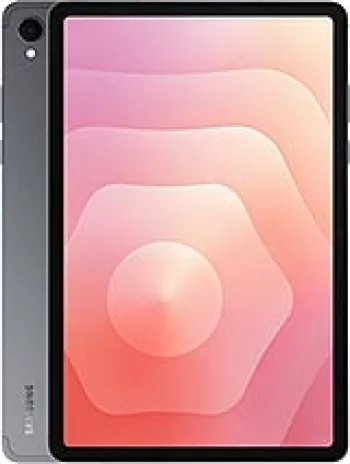
Overview of Samsung Q300
The Samsung Q300 was a feature phone that was announced in 2002 and has since been discontinued. The device was part of the early wave of mobile phones that focused on providing essential communication functionalities without advanced smartphone features. Despite its simple nature, the Q300 was well-regarded for its reliability and compact design at the time.
Design and Build
The Samsung Q300 was designed to be compact and easy to carry, measuring 85 x 48 x 23 mm and weighing just 89 grams. Its lightweight and small form factor made it extremely portable and convenient for users who needed a basic phone for calls and messaging. The design included a monochrome display with grayscale graphics capable of displaying four shades.
Display
The display of the Q300 was simple yet functional, featuring a resolution of 128 x 128 pixels, spread across 16 lines. The screen type was grayscale graphic, and although it lacked color, it served its essential purpose of showing messages and call information clearly.
Network and Connectivity
The Q300 supported GSM network technology, operating on 2G bands GSM 900 and 1800. For data services, it offered GPRS with Class 8 speed, but it did not support EDGE technology. The phone did provide an infrared port for wireless connectivity with compatible devices, but it lacked Bluetooth, WLAN, and USB port capabilities.
Memory and Storage
Memory on the Samsung Q300 was quite limited by modern standards, with no card slot for external storage expansion. The internal memory allowed for storing up to 100 phonebook entries, complete with contact groups, and records of the last 10 dialed, received, and missed calls.
Sound and Alerts
While the Samsung Q300 did not have a loudspeaker or a 3.5 mm jack, it featured vibration alerts and supported polyphonic ringtones with up to 16 voices. Users could also compose custom ringtones using the built-in composer feature.
Messaging and Applications
The phone supported basic messaging functions, including SMS and Enhanced Messaging Service (EMS). For browsing, it offered a WAP 1.2 browser, which allowed users to access simplified internet services. Additionally, the device included basic utilities such as a clock, alarm, and some pre-installed games. However, it did not support Java applications.
Battery Life
The Samsung Q300 was powered by a removable lithium-ion battery with a capacity of 800 mAh. Although small by today’s standards, this battery was sufficient for the basic operations of the phone, considering its limited feature set and power consumption.
Conclusion
The Samsung Q300, though now discontinued, offers a retrospective look at the development of mobile technology. In its time, it was a practical device for those who needed reliable voice communication and basic messaging capabilities. Its compact size and straightforward functionality made it an ideal choice for users who preferred simplicity over the complexity of modern smartphones.
Key Features of Samsung Q300
- Compact and Lightweight Design: Dimensions of 85 x 48 x 23 mm and weight of 89 g.
- Basic GSM Connectivity: Supports GSM 900 / 1800 bands.
- Infrared Port: Allows for basic wireless data transfer.
- Polyphonic Ringtones: Supports 16-tone polyphonic ringtones and composer.
- Phonebook Features: Stores up to 100 entries with contact groups.
- Call Records Capacity: Stores 10 dialed, 10 received, and 10 missed calls.
- WAP Browser: Comes with WAP 1.2 browser for simple internet access.
- Removable Battery: Equipped with a removable Li-Ion 800 mAh battery.
- SMS and EMS Messaging: Supports basic text messaging services.
- Built-in Games: Provides entertainment with pre-installed games.
Disadvantages of Samsung Q300
- Only supports basic GSM technology
- No EDGE support for faster data transfer
- Discontinued product, not available in the market
- Grayscale display with only 4 shades
- No camera functionality
- No expandable memory card slot
- Limited phonebook capacity of 100 entries
- No loudspeaker support
- No 3.5mm headphone jack
- No WLAN or Bluetooth connectivity
- No positioning (GPS) support
- No built-in radio
- Limited messaging capabilities (SMS, EMS only)
- Basic browser with WAP 1.2 support
- No Java support for additional applications
- Relatively small battery capacity (800 mAh)
View Also
More Phones
All Rights Reserved +14266 Phones © Mobilawy 2025

























